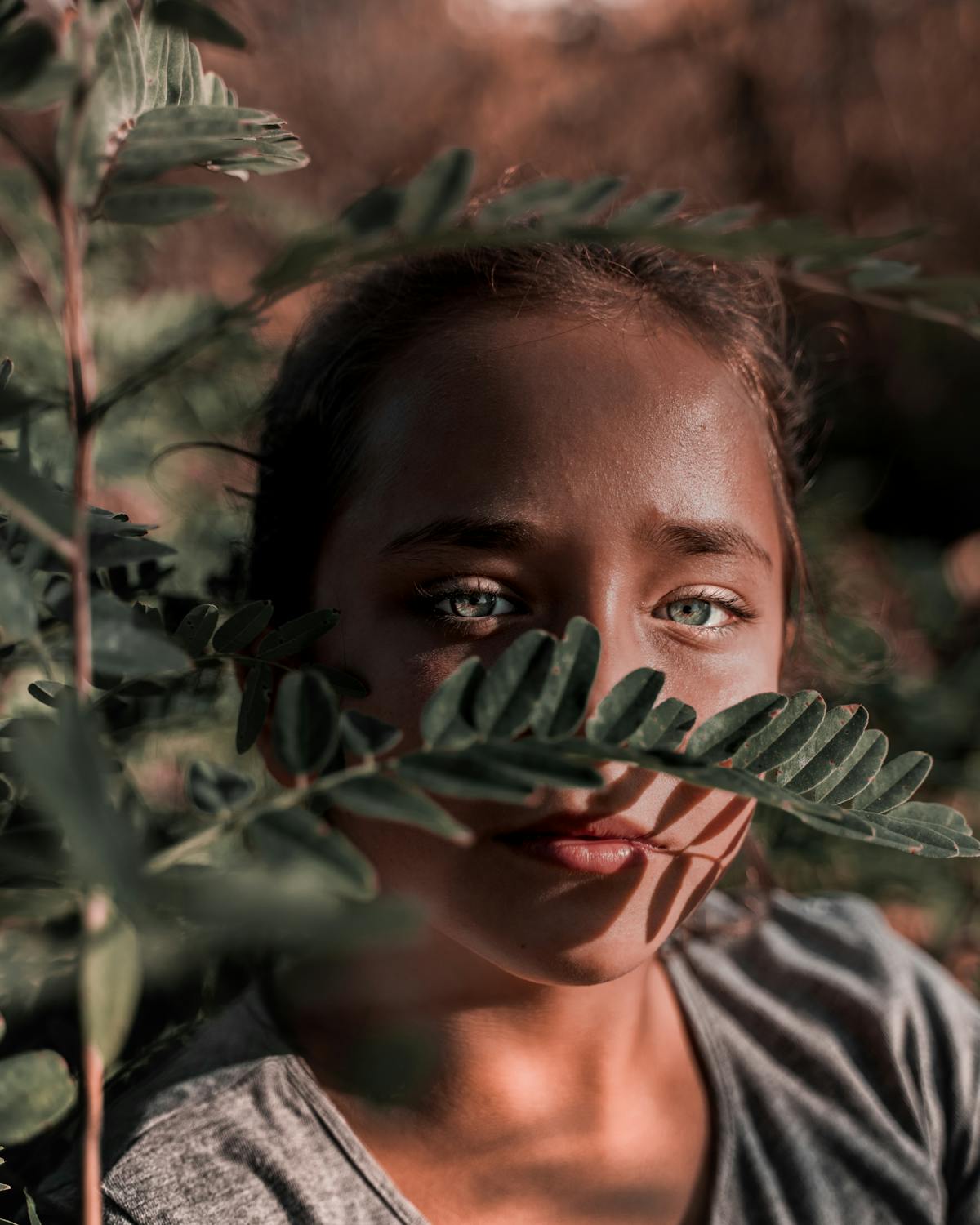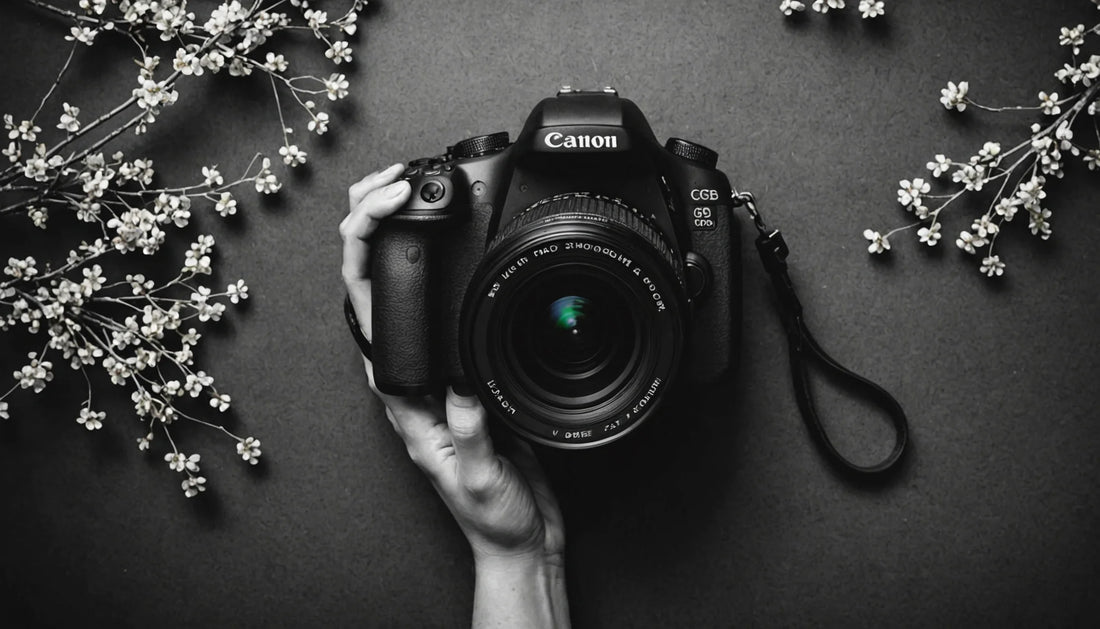Most people assume that beautiful pictures are taken by great photographers with very good, very expensive photography equipment. While that may be true most of the time, it is not true all of the time. Beautiful pictures can be turned out by nearly anyone with a camera, expensive or not, with a little forethought. In fact, thinking before you snap might be the main key to creating that master piece to hang on the wall.
Here are some things to remember when taking pictures:
1. Move in Closer – Once you see the shot, before you hit the shutter, move in closer. Cut out the background distractions. In other words, if you’re looking at a sleeping puppy, for instance, fill your viewfinder with the puppy. Cut out what’s behind it or next to it. Move in until the sleeping puppy fills your view from side to side.
2. Be Quick – This may take some practice, but learn to be quick, in case your subject moves or flies away or gets tired waiting for you to snap the shutter. Take the picture. Don’t worry about shooting too many shots. In this digital age, wasting film has become a thing of the past. Remember… see it… compose it… shoot it…
3. Composition is Important – A well composed picture is much more pleasing to the eye, so take a little time to balance your shot. Keep the horizon of the shot level. Crop out the extra stuff in the viewfinder. Move the subject around the frame. In other words, just because the vase is in the middle, doesn’t mean it has to be there in your photo. Move it off center for a more interesting shot.
4. Be Selective in Subject Matter – In order to take interesting and arresting shots it will be necessary to determine what really tickles your fancy. This will require shooting all kinds of subject matter until you figure this out about yourself. Once you find your passion, your art will follow. Finding ways to document the different aspects of your passion will take a lifetime. You will never run out of sunsets or cars, or people or landscapes, if that is what you are passionate about. Again, fill your viewfinder with your passion and leave the rest out.
5. Focus on Your Subject – Pay attention to your subject matter. Learn to blot out or to blur the background. You want to move the subject forward so that it dominates attention of those looking at the picture. Just like some artists paint the same subject over and over, it will be necessary to shoot the same subject over and over with different, shutter speeds, through different apertures or in different light. The subject might look better centered in the frame, or it might look better to one side or the other. Play around until you’re satisfied.
6. Playing Around with Shutter Speed – One of the greatest opportunities with photography, which is sometimes left out of beginning photography tips, is experimenting with shutter speed. Shutter speed allows you t speed up time or to slow down time. Using the shutter speed effectively is what controls the freeze frame moment. Using a slow shutter speed and a tripod can capture a time lapse event. While using a fast shutter can capture that split second event that the eye might miss. The important thing is to experiment and or play around. This is the way to learn what can happen.
7. Pay Attention to the Light – Now don’t go looking at the sun, but do look at how the light is playing around your subject. Is it an overcast day or is it blindingly bright. How to the shadows fall over your subject or are there any shadows at all? Is your subject squinting? Can you see your subject; meaning is the sun in front of or behind? Harsh light can bring out bold colors, while indirect light can make your focus soft. Paying attention to your light source is probably the number one for success when passing on beginning photography tips.
8. Watch the Weather – The sky can affect how your pictures come out. An overcast sky will mute your picture tones and wash out your sky and background. Sometimes black and white photography works better on an overcast day. If it’s sunny outside, then the sky is the limit. If your camera allows you to shoot through filters, then get a polarizer lens. This is the lens that pops out fluffy white clouds against deep blue skies.
9. Keep Settings Simple – In the beginning, it is best to stay with simple camera settings. Don’t just leave it in automatic and shoot. That can be sometimes frustrating while attempting to achieve a certain effect. Put your camera is semi automatic to allow for some adjustment and after you get better, put it in manual program to allow you total freedom over your settings. So start slow and grow, learning as you go along.
10. Go for It, Be Bold – Don’t worry about whether or not you’ve got the camera set on the correct settings. Take the shot and keep taking the shot until you’re satisfied with the picture. Don’t be afraid, timid or paralyzed by indecision. There is no such thing as politically incorrect in taking pictures.
I hope you have enjoyed my beginning photography tips.





